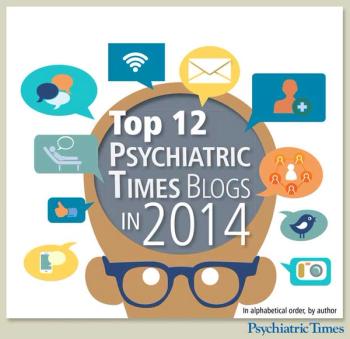
A slideshow on some of this year's blogs at Psychiatric Times, written by leaders in the field of psychiatry.

A slideshow on some of this year's blogs at Psychiatric Times, written by leaders in the field of psychiatry.
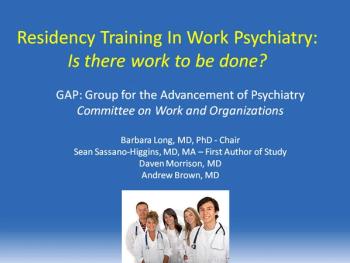
It has been estimated that depression alone results in a loss of $31 billion per year for employers. This slideshow reports findings from a survey on work psychiatry.

Featuring this year in Rorschach tests at Psychiatric Times.
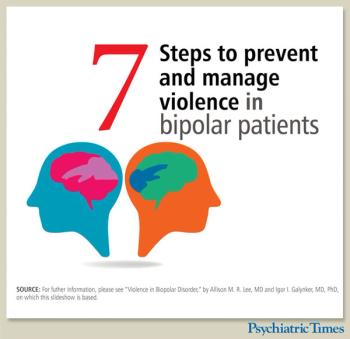
The bipolar diagnosis introduces some unique aspects to violence prevention and management, although the general principles are similar to those for patients with other psychiatric disorders. More in this slideshow.
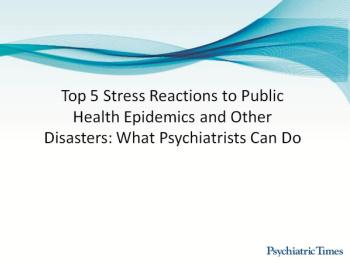
People experience a spectrum of reactions as a result of epidemics, such as Ebola, and disasters, such as weather-related events. Psychiatrists can provide interventions for those who are in distress with a special focus on mitigating these disaster stress reactions.

An infographic on the most common unexpected claim denials in medicine, with a focus on psychiatry.

In this podcast, Drs Shah and Lustig provide a summary of their presentation at the 2014 Psychiatric and Mental Health Congress and explain the process, rationale, and application of the numerous changes to the CPT codes.

Painting and writing are ways in which this clinician expresses herself and relaxes after a hard day's work with patients.
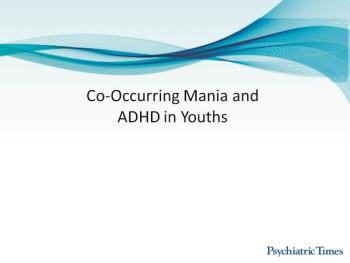
Evidence suggests that co-occurrence with ADHD is a marker of preadolescent-onset mania. This slideshow provides some evidence for you to decide whether this form of very early-onset mania represents a developmental subtype of the disorder.
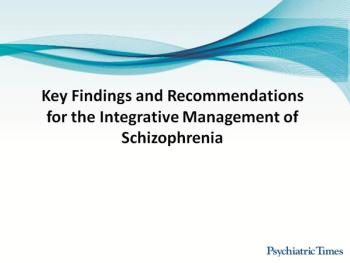
Although there is limited evidence for mind-body treatments for schizophrenia, these approaches may improve overall quality of life without associated risks. More in this slideshow.

Substance abuse and addiction are commonly associated with an increased risk of suicide. Alcohol abuse plays a key role in suicide attempts and completions; prescription drugs are a close second. The causes of suicide for men and women are different but the suicide rates are equally staggering.
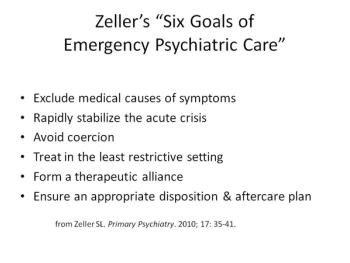
Agitation is a spectrum of symptoms . . . it can go all the way from being irritable up to pacing to lashing out to clenched fists to outright violence. Intervention via de-escalation techniques at an early stage is optimal. More in this podcast.
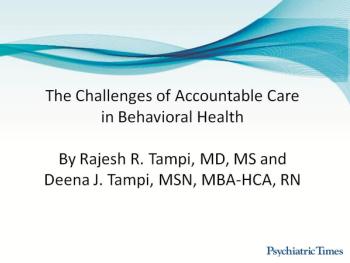
Presenting a Q&A with Dr Rajesh Tampi and Deena Tampi on the issue of behavioral health in accountable care.
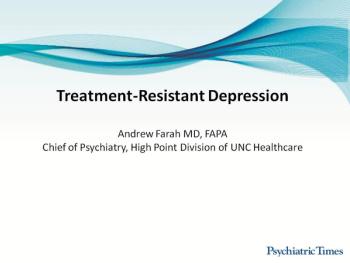
In this podcast, B. Andrew Farah, MD, looks at shortcomings of current therapy that make treatment-resistant depression so common, offers insights into the genetic underpinnings of TRD, and focuses on a new treatment paradigm.
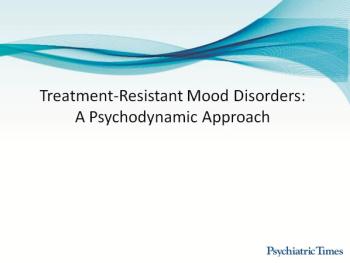
In this podcast, Dr Eric Plakun give an overview of key points and psychodynamic principles on treatment-resistent mood disorders, based on research and clinical experience.
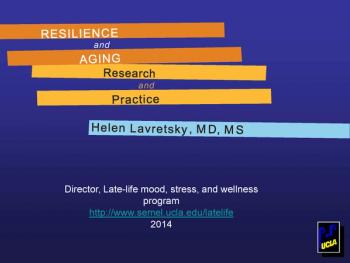
An expert talks briefly about interventions that can help bolster resilience and help older people recover quickly from adversity.
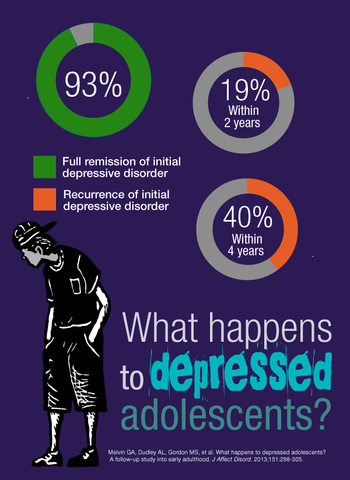
The high rate of recurrence of depressive symptoms and ongoing psychosocial challenges point to the need for a longer-term view of the management of adolescents with depressive disorders.
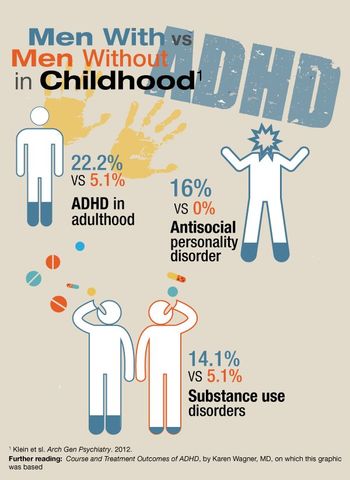
The results of the study featured in this infographic showed that compared with men without childhood ADHD, men with childhood ADHD had higher rates of ongoing issues in adulthood.
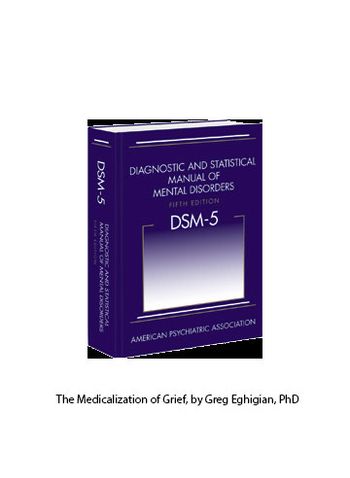
Here are a few of this year's popular features on our website, in no particular order.
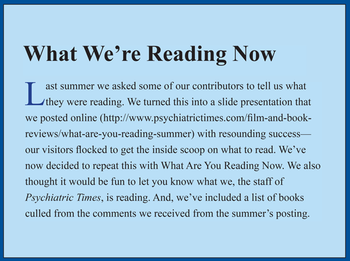
Last summer we asked some of our contributors to tell us what they were reading. We’ve now decided to repeat this with What Are You Reading Now. We also thought it would be fun to let you know what we, the staff of Psychiatric Times, is reading.
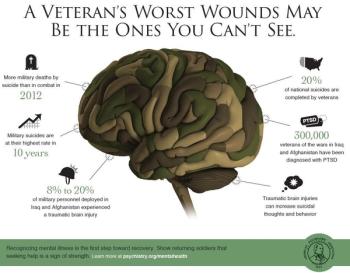
The invisible wounds of war continue to infiltrate the minds and consciousness of veterans and their families, as shown in this infographic and public service announcement by the APA, featuring by Rep. Patrick Kennedy.
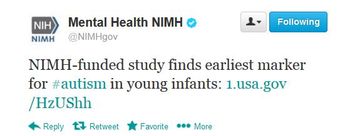
Noteworthy tweets in the world of mental health, week ending November 8, 2013, from NIMH, PsychCentral, Nature News, Time to Change, LA Times Health, and Neuro Skeptic.

Rorschach, inkblots. . . what do you see here?
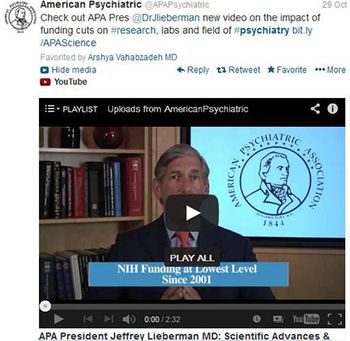
As the month of October comes to an end, we look at a handful of noteworthy tweets in the world of psychiatry.
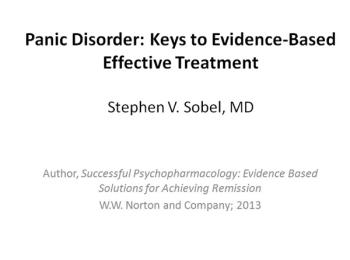
Keys to the management of panic disorder include appropriate use of psychotropic medication and psychotherapy predicated on an understanding of the disorder's biopsychosocial underpinnings. Here, Stephen V. Sobel, MD, focuses on treatment options.
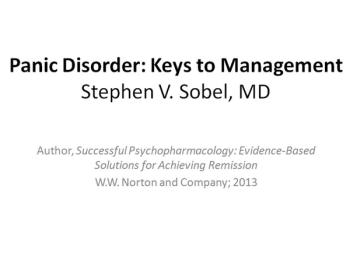
Keys to the management of panic disorder include appropriate use of psychotropic medication and psychotherapy predicated on an understanding of the biopsychosocial underpinnings. More in this podcast.
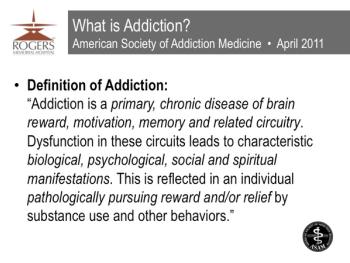
In this podcast, Dr Michael Miller, Director of the American Board of Addiction Medicine, discusses addiction medicine, including the new ASAM, patient placement criteria, and DSM-5 changes.
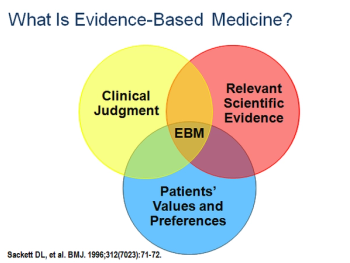
How can you apply the framework and philosophy of evidence-based medicine to the use of antipsychotic medication? Here to discuss is Leslie L. Citrome, MD, MPH.

What do children go through when a parent deploys? Here to address this issue is a developmental and behavioral pediatrician (podcast).
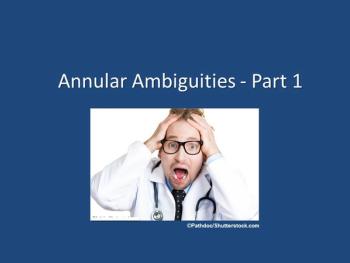
Here, a psychiatrist certified by the American Board of Addiction Medicine discusses new treatment criteria for addiction.